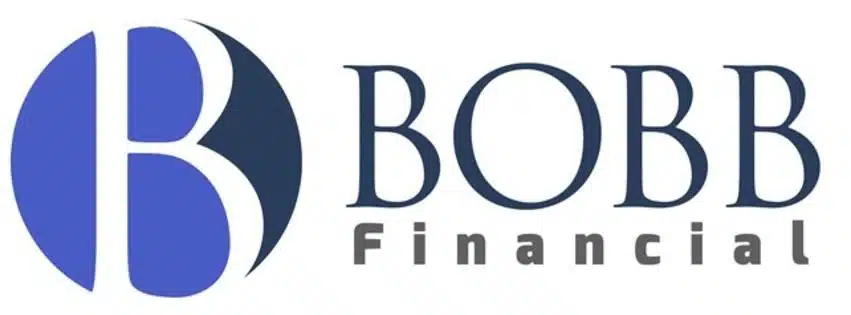The financial services industry has gotten a pretty poor reputation over the years. One joke is that the quickest way to end a conversation at a party is to tell people you are a financial advisor (it does work sometimes, I’ve tested it). I believe one of the biggest reasons for the reputation is because of pushy product salesmen. It seems like anyone and everyone can call themselves a financial advisor, and these so called financial advisors are after federal employees’ Thrift Savings Plan dollars.
Before we get to the investment they want you to put your hard earned TSP dollars into, we need to address these “financial advisors”, or “retirement planners” by what they really are. I have a hard time calling these salesmen advisors because their advice consists of telling people to put their money into a product. AND it just so happens to be the same product every time, so I would call them product salesmen, since they really don’t advise on anything.
Don’t get retirement advice from a product salesman!
Why not? It’s pretty simple; the product salesman makes his money by selling you a product. He works on his sales pitch to make it sound amazing and then delivers it over and over by dwelling on fear. The solution in every situation just so happens to be “the product.”
What is the product?
The product that is being pushed to federal employees and many others right now is called an equity index annuity (EIA). These EIAs sound great when you are only told about their benefits. But doesn’t everything sound great if you are only told the benefits and not about the drawbacks? If a doctor told you surgery could get rid of your back pain, you would probably want to operate as soon as possible. But what if the surgery only had a 10% success rate, would you still want to have surgery?
How does an EIA work?
The word that is often thrown around is guarantee. You are guaranteed not to lose money and you participate in market gains, however those are only half truths.
The simplest crediting method that EIAs use is point to point. If the market is up a year from now, you participate in the market gains, BUT you don’t receive any dividends, and you have a cap on how much you can make.
Most current cap rates are around 4%. So, the most you can make in a year is 4% minus expenses. Many of these products have expenses of 1% attached to them. If that is the case, then 3% would be the most you can make.
If the market is down a year from the date you start your EIA, then you don’t lose anything, except for the 1% expense ratio. So, the most you can lose in a year is usually 1%.
If the market average being up seven out of 10 years and you make 4% in all of the up years, then you will average 2.8% over a ten year time period. If you make 3% in up years then you will average 2.1% over the ten year period. It is important to remember these numbers later when we discuss the G fund.
Limited access to your money
These products limit access to your money to 10% of the initial balance per year, and you have to be over 59 ½ to have any access to your funds (without penalty).
How much does the salesman make?
I love this question! I also think it is a fair question. I don’t mind paying for a service, but I want to know what I’m paying for. I can tell you that in most cases the salesman selling an EIA makes 5-10% commission on the amount put into the product.
As a fee only advisor, I make a meager .3 – 1.25% on the balance of the assets I manage. Given the choice of 1% versus 10%, I would have to agree that 10% sure does sound appealing. However, I have never sold an EIA because I have never found it to be a good fit for a client, especially when compared to the G fund.
What are the benefits of moving money from my TSP to an EIA?
If you find one, let me know. Your G fund made 1.82% last year and has averaged 2.63% over the past 10 years according to tsp.gov.
My questions is this: why would someone recommend you move money from TSP, which has a good safe investment in the G fund, to an equity index annuity that has a 10 year surrender charge and can only make 3-4% a year? …………… I can’t find a reason other than the salesman wants to make a commission.
The G fund is better!
The G fund is a great fit for people that want a safe and secure investment. Per TSP’s website, the objective of the G fund is “interest income without risk of principal.” What could be better for feds that don’t want to risk losing any money? And with the G fund, you have much better liquidity than you would with an EIA.
Some of the salesmen, who are holding themselves out as retirement planners, aren’t even licensed to give advice or sell securities or mutual funds. How can a “professional” give you retirement advice without being licensed to give advice or provide investment solutions?
Yes, my industry has gotten a bad rap over the years, mainly due to unethical salesman. Before taking money out of your TSP to invest, you need to carefully consider and question what you are doing. A good rule of thumb for investments is: a long surrender charge and high commission equals a poor investment for me and a great investment for the salesman!
I have a much better idea than going to see a “retirement specialist” that can only sell you annuities – pay a fee only advisor to give you advice! A fee only advisor can give you an unbiased opinion since we never receive commissions. If you would like my help on your retirement journey you are welcome to schedule a call.
Brad Bobb, CFP® is the owner of Bobb Financial Inc, and an expert in retirement planning for federal employees.

